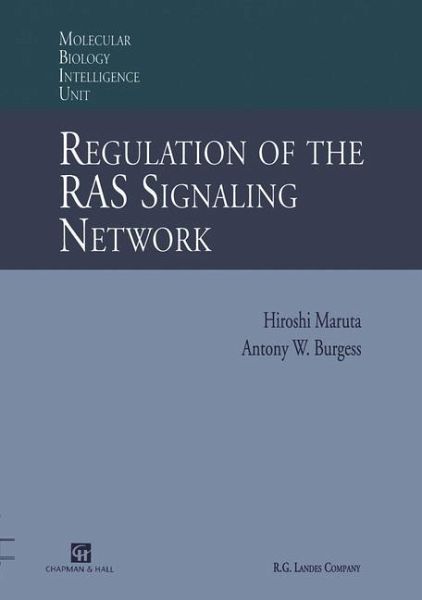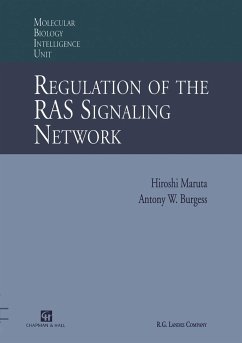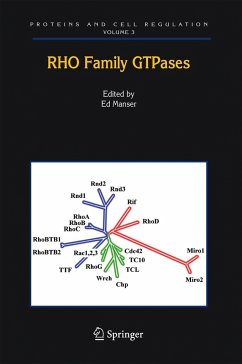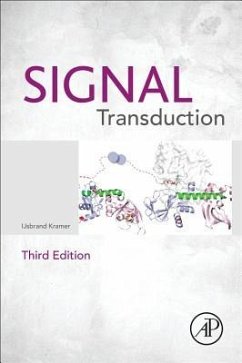
Regulation of the RAS Signalling Network
Versandkostenfrei!
Versandfertig in 1-2 Wochen
115,99 €
inkl. MwSt.
Weitere Ausgaben:

PAYBACK Punkte
58 °P sammeln!
This book, which was written by the current leaders in the field of Ras research, provides the readers with the most comprehensive and up-to-date view of the major oncogene Ras. This volume is valuable not only for university students in molecular biology, biochemistry or medicine, but also for senior scientists currently conducting cancer research.














